The following is a guest post by Professor Victor H. Mair of the University of Pennsylvania’s Department of East Asian Languages and Civilizations.
The personal names used in the original correspondence have been changed to generational designations.
Compared to the Hànzì-centric pedagogical approach which forces little children to memorize extremely difficult and complicated characters like 老鼠 and 蝴蝶 instead of teaching them lǎoshǔ and húdié, today I received some more hopeful and sane news.
A friend of mine is teaching her grandson Mandarin. The way she is doing it is to write out the Xī yóu jì (Journey to the West) in a simple báihuà paraphrase using Pinyin only (with glosses in English for new vocabulary). My friend is a first-generation immigrant to America, and her daughter married a German who was studying in the United States, so that makes the grandson third-generation Chinese-American/German.
The other day, the grandson asked his mom out of the blue: “What’s the difference between shíjiān, shídài, and shífèn?” My friend, the grandmother, explained to me that all of these terms were in the Pinyin text that she had prepared for her grandson, and that she had glossed them as “time” or “period.” She said that the boy’s mother was very pleased, and she was tickled too, because the boy had discerned the common element shí by himself. As my friend (the grandmother) put it, “He spends very little time on Chinese, so we were pleasantly surprised.”
Hearing this account from my friend, I wrote to her: “Thank you so much for the TRULY WONDERFUL story you wrote about your grandson. This is how to learn real Chinese!!!! And you are being a real Chinese teacher to teach your grandson this way. And I’m also happy that your daughter appreciates what you and her son are doing together. Tell your grandson I’m really impressed at the intelligence of his question.”

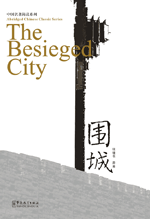
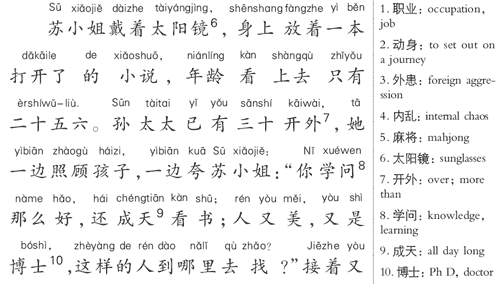
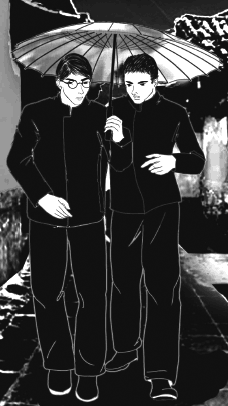 This bit of news is simply wonderful. As part of
This bit of news is simply wonderful. As part of 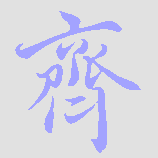
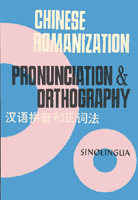 Today’s selection from Yin Binyong’s Chinese Romanization: Pronunciation and Orthography is
Today’s selection from Yin Binyong’s Chinese Romanization: Pronunciation and Orthography is